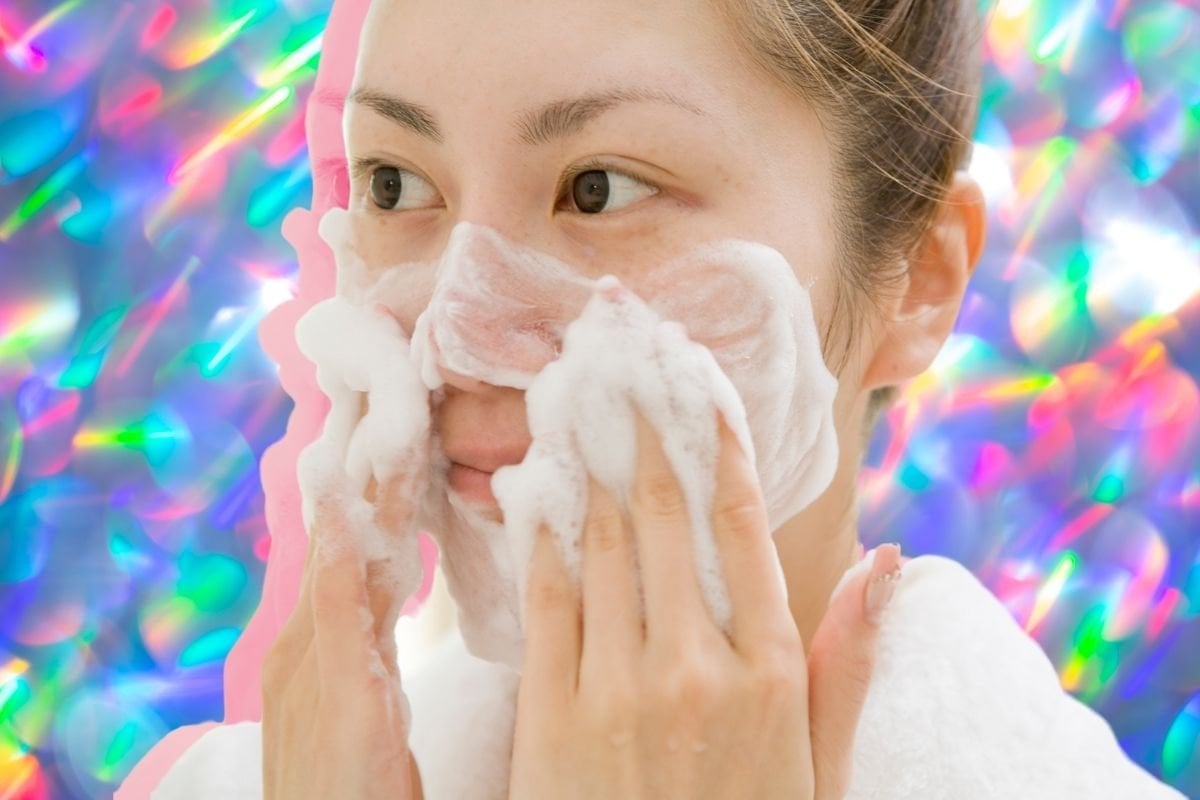
We all love skincare. Can't get enough of her. But slapping all those fancy products on our cute mugs without actually knowing what our complexion really needs, is a pretty silly thing to do indeed. Very time-waste-y, too.
Because if you're not sure what kind of personality your skin has, you'll have a pretty hard time fighting some of those common concerns getting around - like blemished skin, ageing, pigmentation and so on.
Watch: The products and ingredients you need to know about. Post continues below.
Knowing what kind of skin you have is the easiest way to make sure you’re getting the most out of your products and your routine.
It also makes it a helluva lot easier to know what you're looking for when you're shopping for *more* skincare online at 11:45pm on a Tuesday night.
But look, we know it's easier said than done. Figuring out what category your skin falls under can be a tricky thing to do (the weather and different skin conditions can make things hella confusing).
Trial and error is one way to suss out what kind of skin you have, but this can obviously be a super irritating game to play on your poor face (and v pricey).


